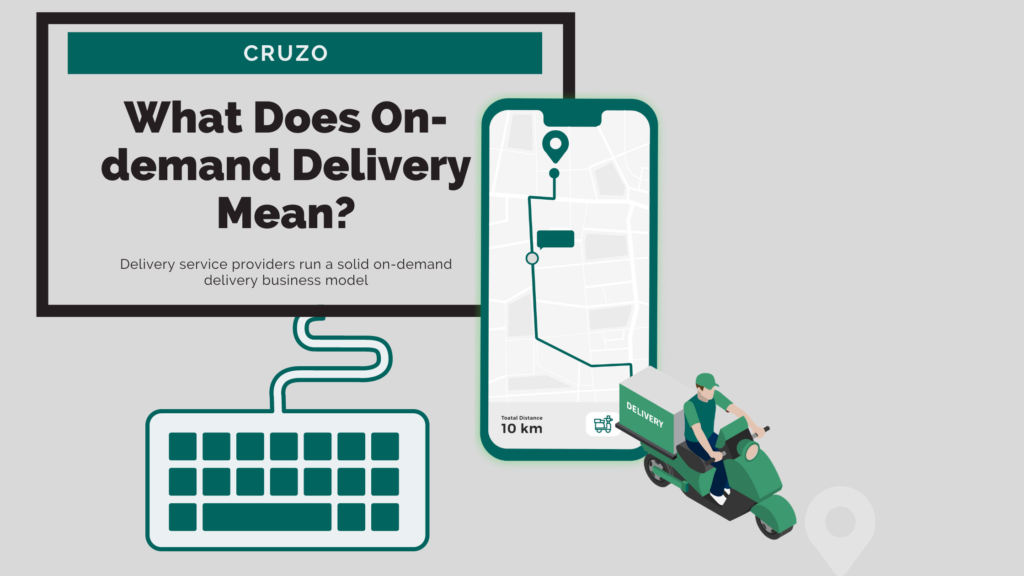
On visiting a supermarket, you have to walk around through different shelves for the products you need. You pull a shopping cart for collecting those goods and after you’re done with shopping, you queue at the billing counter. You make the payments via Cash or Debit/Credit Card at the POS terminal and check out. P. S. – Return your cart to the receptacle – a good habit for shoppers.
Now, what if you can get all of this on an app at once? You don’t have to wait for ages, you don’t need to stray at the queues, you don’t need to push the cart back to its place, and you don’t necessarily have to swipe a card for payment. All of this stuff happens ‘on demand’ for you. Of all activities, you just need to download an on-demand delivery app & use its features for placing an order.
The on-demand delivery app features a list of products under different categories, which you can also select using a ‘search’ box in the app. In the meantime, you can also create your user profile by entering common details like name, address, email, and phone or perform this activity at the checkout stage. After selecting the items & their respective available quantities, you can press ahead for confirming the order and wait for payment processing services to accept payment via net banking, cards, e-wallets, UPIs, etc for check out. The seller finally confirms the order on their side & a delivery contractor/valet/guy (laced with GPS navigation) brings the consignment to your place (as previously entered).
Delivery service providers run a solid on-demand delivery business model for partnering with sellers/suppliers and delivery contractors and earn revenues from delivery costs. This is beneficial for consumers who do not want to personally visit a supermarket/store for shopping or restaurant for tasting favorite delicacies. The on-demand delivery justifies the costs for the delivery, which may have been higher if a consumer goes out on a shopping or buying spree.








